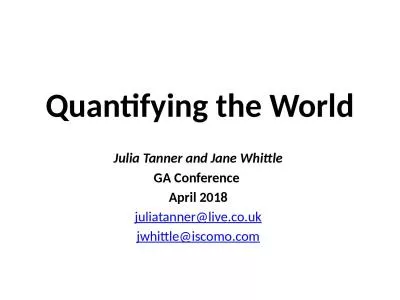PPT-World Geography EOC Review
Author : tawny-fly | Published Date : 2018-11-07
Materials Needed Tape Glue sticks and map colors World Map You will need to tape the pieces of your map together Student Packet as we work on this review you will
Presentation Embed Code
Download Presentation
Download Presentation The PPT/PDF document "World Geography EOC Review" is the property of its rightful owner. Permission is granted to download and print the materials on this website for personal, non-commercial use only, and to display it on your personal computer provided you do not modify the materials and that you retain all copyright notices contained in the materials. By downloading content from our website, you accept the terms of this agreement.
World Geography EOC Review: Transcript
Download Rules Of Document
"World Geography EOC Review"The content belongs to its owner. You may download and print it for personal use, without modification, and keep all copyright notices. By downloading, you agree to these terms.
Related Documents

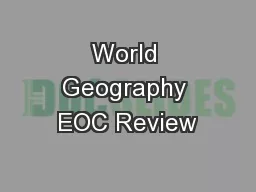
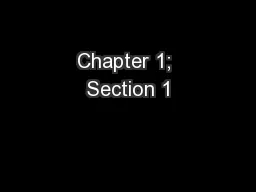
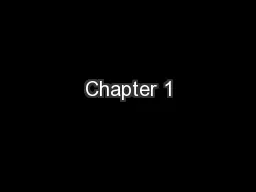
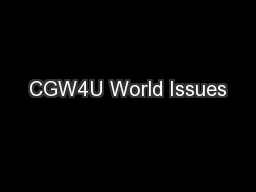
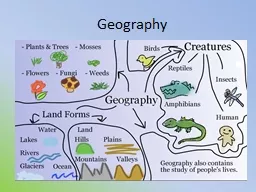
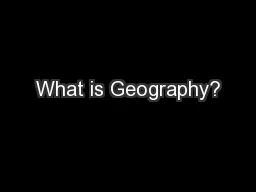
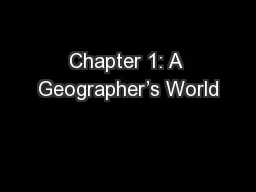
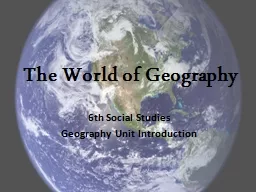
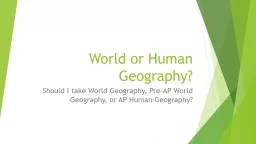
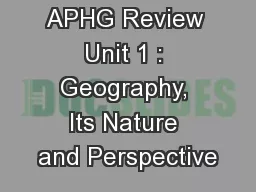
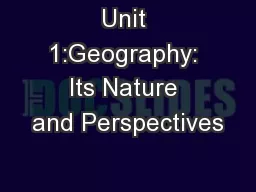
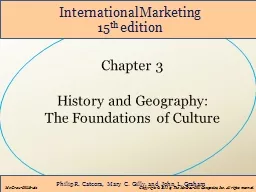
![[BOOK]-The Power of Geography: Ten Maps that Reveal the Future of Our World – the sequel](https://thumbs.docslides.com/958295/book-the-power-of-geography-ten-maps-that-reveal-the-future-of-our-world-the-sequel-to-prisoners-of-geography.jpg)
